
With everything happening in the world, it is useful to look back on the revolutions made by the geniuses of history. The motorized vehicle, the mobile phone, the microwave dinner! In all seriousness, even though we have come a long way, the concept of "genius" has been associated with sexism for quite some time.
Despite the fact that many women are considered geniuses, it seems that many textbooks in high school focus on the male element. Albert Einstein, Benjamin Franklin, Stephen Hawking, etc. They are actually geniuses who have influenced the world, but what about their female colleagues?
What counts as genius?
The term is thrown out quite generously, whether it is to describe a work of art, a delicious meal or a vibey song. But what is the correct definition?
According to Webster's Dictionary, the term genius is referred to as "a single strongly marked capacity or ability." As well as «a person endowed with transcendent mental superiority; especially:a person with a very high IQ. ” The difficulty of placing this concept on someone's shoulders is the range of IQ. For most geniuses, the IQ usually ranges from 140 to 160.
Despite the high standards of intelligence imposed on these individuals, it is important to include women who have distinguished themselves in other ways, whether based on intelligence alone, humanitarianism or others.
Sophie Germain (1776–1831)
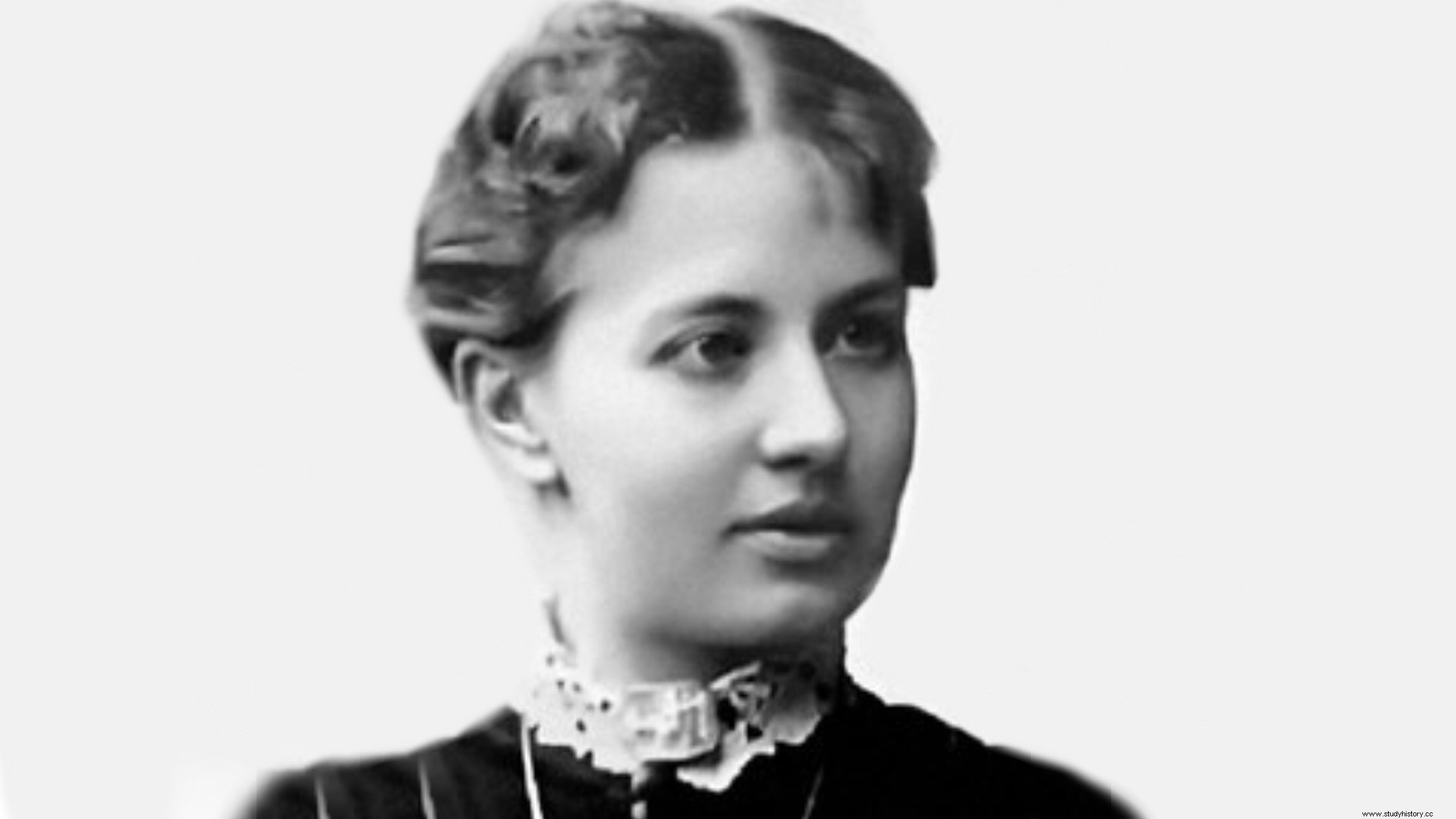
The earliest known genius in this article, mathematician Sophie Germain does not disappoint. Germain was born into a traditional French household and had access to worlds of knowledge through his father's library. From a young age she developed a great interest in mathematics. Despite her passion, Germain's parents refused to support her, even recalling warm clothes and fire. But under many blankets she continued her work.
Due to the fact that many universities, such as the École Polytechnique, refused female applicants, Germain had to obtain notes from courses in secret. Much of her early work was in the arena of number theory, and corresponded back and forth with fellow mathematician Carl Friedrich Gauss under her male pseudonym.
Success in the midst of setbacks
Despite her passion for mathematics, Germian was often isolated from the scientific field mainly because of her gender. After submitting an anonymous memoir about vibrations, she won an award from the French Academy of Sciences. Through various male connections, Germain found opportunities to remain active in the Parisian field of thought.
Throughout the rest of his life, Germain worked with theories of elasticity, number theory and acoustics. Although much of her work remained unpublished even after her death, the great mind later gained recognition. Some of her work can be seen in mathematicians like Andrew Wiles decades later.
Madam CJ Walker (1867-1919)
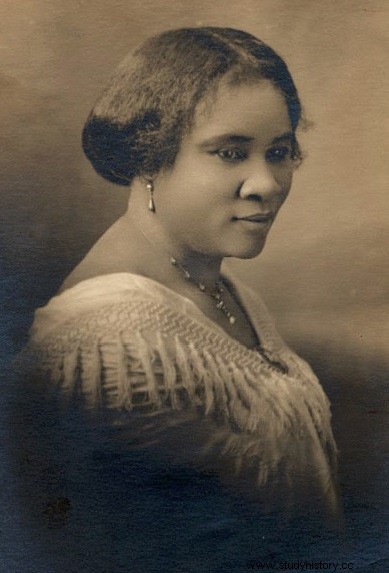
Following the establishment of the Emancipation Proclamation, Sarah Breedlove was born in Delta, Louisiana. Walker grew up on a cotton plantation for a time, and soon became an orphan at the age of 7. Already a widow at the age of 20, Walker took the road to St. Louis, Missouri with his young child.
During her underpaid career ventures, Walker became interested in hairdressing. She spent a couple of years working for Annie Turnbo, the founder of Poro Company. In 1905, after spending time as a cook for a pharmacist, Walker developed his ointment to cure dandruff and other problems. Usually caused by a lack of plumbing work in the house, her target audience was black women in America.
After her marriage to Charles Joseph Walker in 1906, Walker was a great success. During this time she developed her "Walker Method" and "Walker System of Beauty Culture." From then on, she was known as Madam CJ Walker.
Breaking boundaries
For the next two years, Walker spent his time training "beauty agents" to sell his products across America. Instead of settling for work as a maid or cleaner, black women could find work under Walker. During the same year, she opened the Lelia College of Beauty Culture and moved her production company to Indianapolis.
Due to her international success over the next decade, Walker was able to make generous donations to black companies. This includes the African American Young Men's Christian Association (YMCA), the NAACP and several scholarships for black students. Walker also expressed a political opinion, spoke out against lynching, and joined protesters at the Black Silent Protest Parade.
Walker distinguished itself by creating the first line of products for black hair patterns and solving many scalp problems for both himself and others. A significant milestone, however, was that she became one of the first African-American female millionaires.
Lise Meitner (1878-1968)
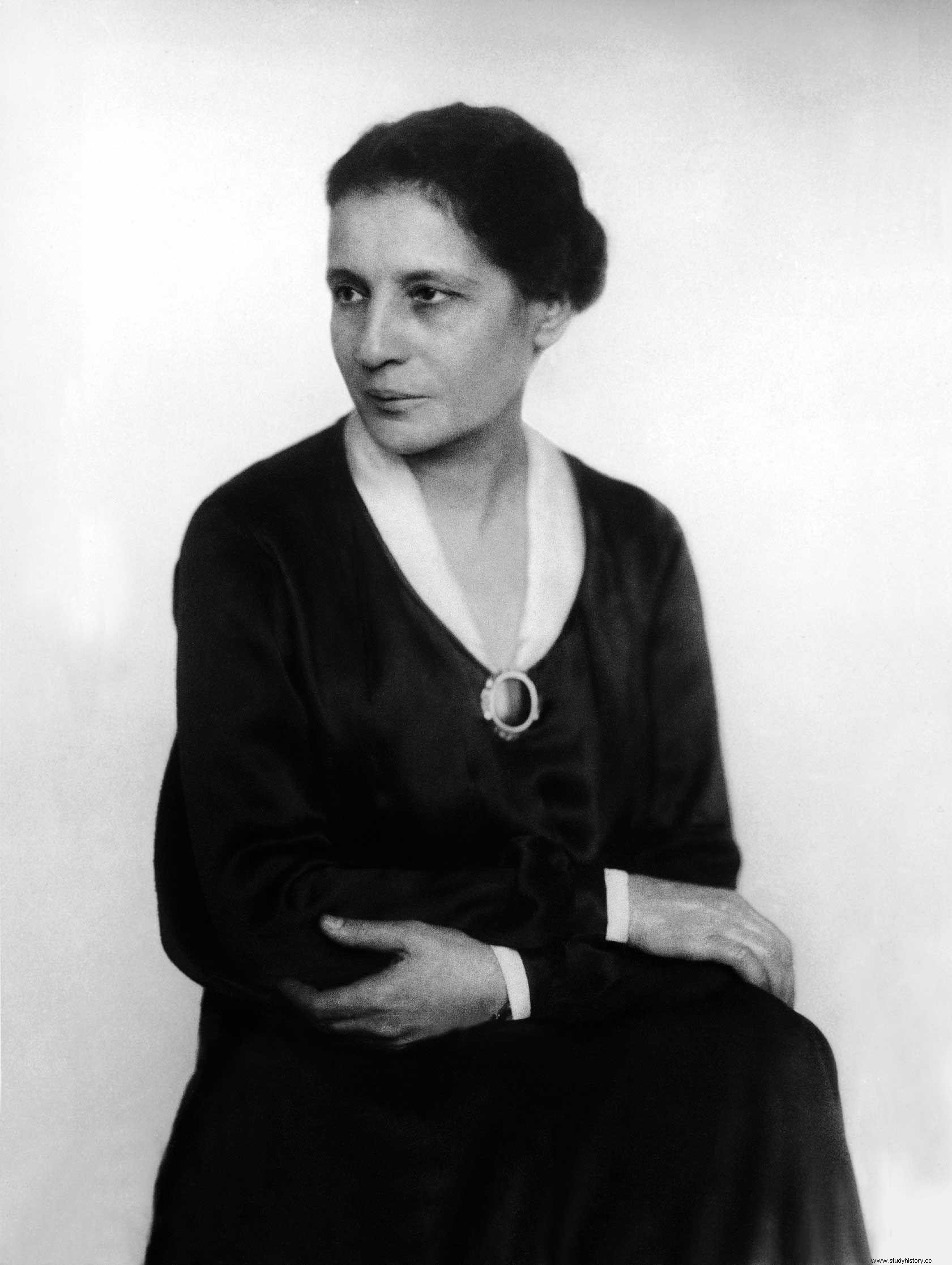
Lise Meitner was born in Austria in the 19th century and was considered "the most significant woman of the century." However, she did not get this association until much later in life. After starting his studies at the University of Vienna, Meitner graduated with a doctorate five years later. Immediately after graduation, she moved to Berlin to start working at the Kaiser Wilhelm Institute of Chemistry. They worked in close proximity with chemist Otto Hahn, and made many discoveries together. Including concepts in radioactivity and the element protactinium.
In 1938, Austria was overrun by the Nazi regime. As a result of her legacy, Meitner fled to Stockholm, Sweden to continue her work. When she worked at Manne Siegbahn's institute, there was little support for Meitner due to prejudice against her gender and genes.
An underrated female star
In 1939, Meitner and Hahn still found time to meet discreetly in Copenhagen from time to time. During experiments in Hahn's laboratory, the first examples of nuclear fission were demonstrated. Meitner published a physical copy and observation, she was the first to call this process "nuclear fission".
Despite her enormous role, Hahn received the Noble Prize of Chemistry in 1944. In the following years, Meitner was generally ignored because Hahn downplayed her research. Years later, after retiring in 1960, Meitner partially received the Enrico Fermi Award to make up for her lack of recognition. It was known that after her discovery, Meitner "distanced" herself from her research, since it caused a lot of damage to many lives.
Simone-Lucie-Ernestine-Marie Bertrand de Beauvoir (1908-1986)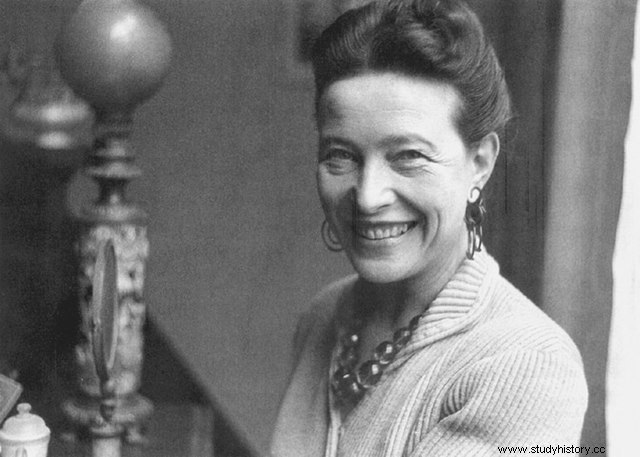
Better known as Simone de Beauvoir, she was a thinker that is not often heard of in today's society. De Beauvoir, a French-born author, spent much of his life devoted to the philosophies of gender and life.
De Beauvoir took part in schooling through private institutions, and always had a great interest in philosophy. After passing her "aggregation" (competition exam) in philosophy in 1929, she met her fellow philosopher Jean-Paul Sartre. From then on, despite the fact that she had a great influence on him, she was associated with Sartre for most of her career.
After more than a decade of teaching at various institutions, de Beauvoir moved on to a new era of life. The French native decided to get her to continue writing, and won several awards for her work. Her first bookmark was created at the establishment of Le Temps Modernes with Sartre in 1945.
A refined female example in the 20th century
Described as an avid feminist and freethinker, de Beauvoir wrote many pieces on gender. Her most famous work is Le Deuxième Sexe, 2 vol., in English, The other sex . Released in 1949 and again in 2009, it became a building block in feminist thought.
As the years passed, de Beauvoir wrote on many subjects. On her travels, she wrote pieces about China, America and many others. In step with her aging process, the author also became interested in the topic of growing old. Discussed topics such as the death of her mother, Jean-Paul Sartre, and her own.
After spending decades of her life sharing her knowledge with the world, because of her gender, many dismissed this work as Sartres. However, this never deterred de Beauvoir. This is due to her life theory; "the basic choices of an individual must be made on the premise of an equal calling for man and woman based on a common structure for their being, regardless of their sexuality."
Rosalind Franklin (1920-1958)

Despite her short life on earth, Rosalind Franklin had a major impact on the genetic field. Throughout his few decades, Franklin made milestones in the structures of coal, graphite, multiple viruses, and RNA (ribonucleic acid). Appreciated for these in her lifetime, there was one aspect of her work that lacked this.
Franklin was born in England, and spent much of his career earning various degrees in science. Franklin earned high grades in his early schooling, and went on to study science at Newnham College, Cambridge. During the final year in 1941, she received "second-class awards", which was considered a bachelor's degree in employment standards. Later, in 1948, Cambridge began awarding BA and MA to female candidates.
Another notable female icon's achievement
After having little success working with Peace Prize winner Ronald George Wreyford Norrish, Franklin went on to join the British Coal Utilization Research Association. Although her work was halted at the start of World War II, she continued to make discoveries about coal and its porous properties. Because of her predictions about coal elements and wartime performance, Franklin was awarded her Ph.D. in 1945.
Later in the 1950s, Franklin began working with researchers James Watson and Francis Crick at a laboratory in Cambridge. Then they spent the next few years focusing on the structure of DNA, referred to as the "basis of life." Because of her gender, much of Franklin's work was dismissed regardless of whether it was correct. Despite her pioneering, later recognized work, she never received much recognition. Many researchers now blame sexism in the scientific field.
Gladys West (1930-)
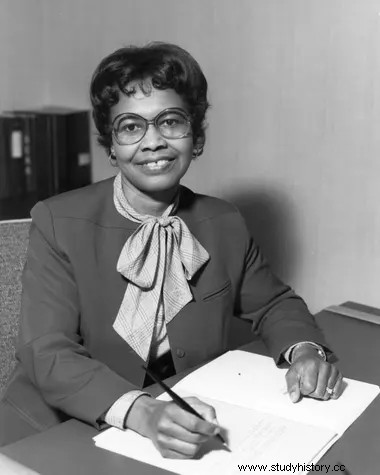
Gladys Mae Brown was born in a small town in Virginia. Growing up in an agricultural household, West spent most of her time outside of school helping her parents with the harvest each year. Despite ambitions to further his education, West received little support from peers. Much of the time, black women in her community grew up working on the farm as their parents.
However, West had other plans for her future. When she graduated as the valedictorian of her high school, she received a full scholarship to Virginia State College (now Virginia State University), a then black college. After four years, West received his bachelor's degree in mathematics in 1952.
After much time teaching in segregated schools, West went on to look for jobs within the racially divided state government. Although many of the positions were given to white men, Gladys found a position at the US Naval Proving Ground in 1956.
Learn more about this remarkable female genius
While working in the weapons lab as the fourth Black employee, many of her colleagues admired West for her ability to solve equations by hand. Her first project there was work with the Naval Ordnance Research Calculator (NORC). This was a program designed to calculate Pluto's motion relative to Neptune and won many awards.
In 1978, after much success with the test area, West got a new project. "Seasat", an experimental ocean satellite, was placed by the US Navy to track oceanographic data. As a project manager, West was able to prove several properties regarding wave temperature, altitude, wind, icebergs and current.
West's most famous project came next, GEOSAT. Using a satellite to determine the Earth's surface, West and her team were able to teach a computer to retell calculations. By creating a program to predict satellite patterns, it became possible to establish geoid or the exact shape of the earth. This allowed the GPS to predict any location across the globe.
Instead of quitting while he was ahead, West took two more degrees, the first being a master's degree in public administration in 1973. After retiring and surviving a stroke at the age of 70, she earned her doctorate. in political matters. Gladys West has lacked it in the past because of gender and race, and is admired for her work to this day.
Jane Goodall (1934-)

Despite the fact that she was one of the few women who received recognition for her work while it continued, Jane Goodall is an important figure to mention. Known as a great ethnologist and primatologist, Goodall is considered a moving force in everything that has to do with animals.
Goodall was born in England and went to primary school and graduated with a diploma in high school. At the age of 18, instead of going to university, she went home to work in various careers, such as a secretary and production assistant in the film industry. Later, Goodall received clearance for passage to Africa, a dream of hers.
Goodall has been interested in animal behavior since his youth, and began helping paleontologist Louis Leakey. In 1960, due to his success and affiliation with Leakey, Goodall received funds to set up camp at the Gombe Stream Game Reserve. For the next few years, Jane spent most of her time studying the chimpanzee species. Her efforts turned out to be against many misconceptions about the animal.
A real female role model
In addition to gaining public attention, Goodall received his Ph.D. in ethology and psychology, a rarity due to the lack of previous degrees. She was also able to write various stories about her studies. The most remarkable creature The Chimpanzees in Gombe:Behavior Patterns (1986), and tells about her work with the species. She later wrote many lectures on environmentalism, conservation and animal behavior.
Later, in the 1970s, Goodall founded the Jane Goodall Institute for Wildlife Research, Education and Conservation. (aka, Jane Goodall Institute). In 1991, Jane Goodall's Roots and Shoots was founded to serve young children interested in nature. Due to his work on conservation and animal studies, Goodall became a UN peace envoy in 2002.
Goodall, who is still a driving force to this day, received a ladies' cap in 2003, a fantastic achievement. Since then, documentaries, TV shows and novels have been written in her honor.
In spite of everything
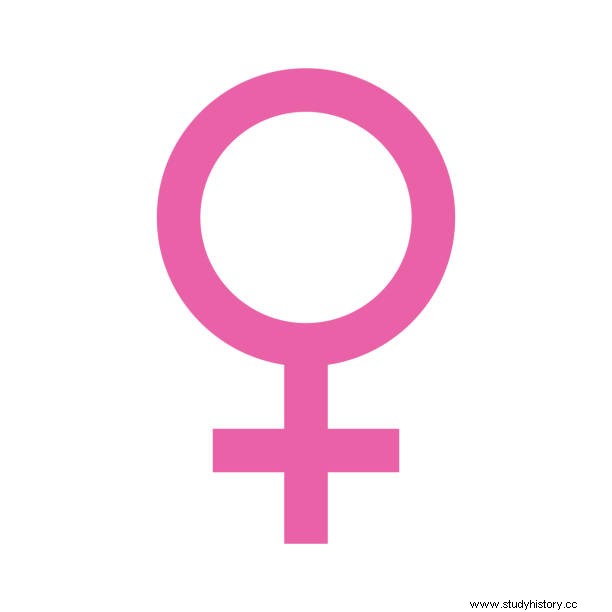
In short, it's no secret that the world has got an incredible number of female geniuses. Many who have received credit when it is due and others who were not so lucky. For decades, the theme of sexism has been touched upon, but underplayed in so many areas. Whether it's science, literature, engineering, mathematics, etc.
In short, it is no secret that the world has received an incredible number of female geniuses. While many great thinkers are men, or may not even identify as one gender, we must recognize the powerful women in history.
